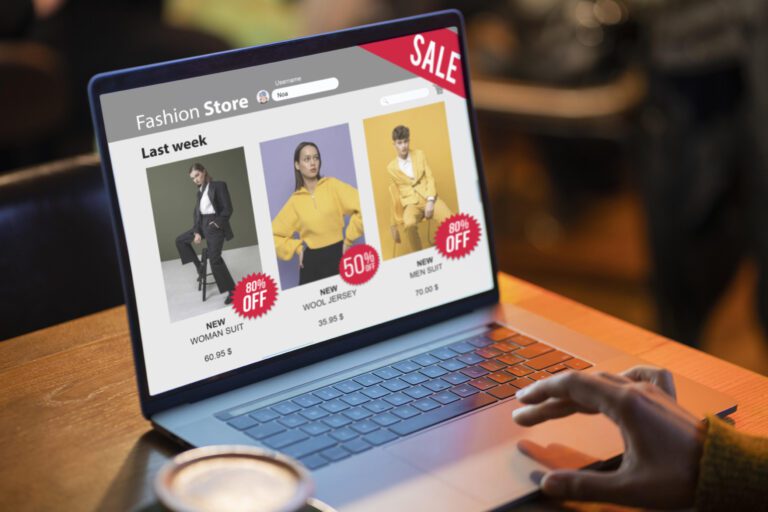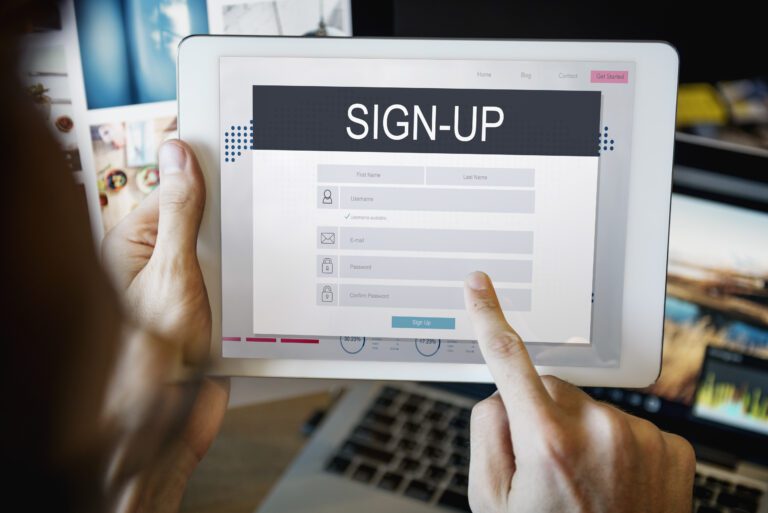Popups for Memberships and Loyalty Programs: Real-World Insights on What Works

I hope you enjoy this blog post. If you want Hello Bar to grow your leads, click here.
Author:
Mansi
Published
July 17, 2025

Table of Contents
It’s no secret that every business wants repeat customers. Membership and loyalty programs are supposed to help with that. But in reality, most people won’t go hunting for a signup link buried in your website footer. Even customers who love your products are too busy to look for a rewards page. That’s why so many businesses now rely on popups for memberships and loyalty programs—it’s the most direct way to put the offer in front of people at just the right moment.
But let’s be honest: popups are a tool, not a magic trick. Sometimes they work, and sometimes they’re just another pop-up that gets closed right away. If you want your loyalty or membership program to actually bring in members (and not annoy people), you have to think about timing, language, and what’s in it for the customer.
This blog breaks down what really matters with popups for memberships and loyalty programs, based on what I’ve seen running campaigns and watching analytics in the real world. No theory, just what actually gets results.
Why Most Customers Don’t Join (Unless You Nudge Them)
Even with a great program, most customers won’t sign up on their own. It’s not because they don’t care about points or perks—it’s just that everyone is busy. Unless your offer is front and center, people will miss it, even if they’d actually like to join.
The average person needs a clear, easy invitation at a moment when it makes sense. That’s the whole reason popups for memberships and loyalty programs became popular in the first place: they’re hard to miss, and they show up at the right time.
But that “right time” is everything. The difference between a popup that converts and one that annoys comes down to when and how you show it, and what you actually say.
What Makes Popups for Memberships and Loyalty Programs Actually Work
1. Don’t Interrupt Too Early
If your popup appears the second someone lands on your homepage, you’re just another barrier between them and what they want. Let people get comfortable—maybe let them browse a bit, read a product description, or even add something to their cart.
In my experience, popups that appear after a visitor spends at least 20 seconds on site, clicks into a second page, or starts checkout get far more signups than instant popups. Even better: trigger the popup after someone makes a purchase or returns for a second visit. Those are the moments when people are already engaged.
2. Keep the Message Simple and Specific
Generic offers like “Join our club for exclusive rewards” rarely motivate anyone. People want to know exactly what they’ll get—right now.
Some of the best-performing popups for memberships and loyalty programs are clear and concrete:
- “Get 10% off your next order when you join.”
- “Free shipping for members—sign up in 10 seconds.”
- “Earn double points today, just for joining.”
If your program offers birthday gifts, early access, or special pricing, mention it in the popup. But don’t overload people with a laundry list of benefits. Lead with the headline perk.
3. Don’t Ask for Too Much Info Up Front
Almost everyone I’ve worked with wants to collect as much data as possible. But every extra field kills your signup rate. Stick to email—maybe a first name. The best popups for memberships and loyalty programs ask for the bare minimum.
If you already have the customer’s email (from checkout, for example), let them join with one click. You can gather more information later, after they’re already in.
4. Sound Like a Human
Nobody wants to read copy that sounds like it came from a legal contract or a marketing template. Write your popup like you’d explain the offer in person:
- “Join our rewards program—get a free coffee on your birthday.”
- “Members save $5 on every order over $50.”
- “Sign up now, and your welcome discount will arrive in your inbox.”
5. Let People Say No (and Respect It)
If someone closes your popup, don’t bombard them again every time they visit a new page. Set your popup to reappear only after a few weeks, or on their next visit. Being pushy makes people less likely to join, not more.
Real-Life Examples

After-Purchase Signup
A small skincare shop set up a popup for their membership program that appeared right after customers placed an order: “Thank you! Want to earn points for this purchase? Join our loyalty club in one click.” They already had the customer’s email, so joining was instant. Their sign-up rate went from 1% to nearly 15% for recent customers.
Cart Threshold Trigger
An online sports retailer noticed many customers abandoned their cart just before checkout. They added a popup for memberships and loyalty programs that triggered when a cart hit $75: “Members get free shipping on orders over $50. Join now to save today.” Not only did signups jump, but cart completion rates also improved.
Second Visit Nudge
A local restaurant chain wanted to grow its club. They set a popup to only appear on a customer’s second visit to the site, offering a free appetizer for members. The conversion rate was three times higher than their old “join anytime” approach.
What Not To Do
Here are a few mistakes I’ve seen (and sometimes made):
- Popups that appear instantly and block the main content—these just get closed.
- Asking for a phone number, mailing address, or birthday as a required field up front.
- No clear offer—just “Sign up for our newsletter and exclusive offers.” (Nobody cares.)
- Showing the popup again and again if someone already said no.
Popups for memberships and loyalty programs should feel like an invitation, not an interruption. If you annoy people, they’ll ignore your program—and maybe your business.
How to Test and Tweak Your Popups
Don’t just launch a popup and forget it. Try different versions:
- Test your timing: Try showing the popup after a purchase, after a second pageview, or on exit intent.
- Test your headline: Try different perks (“10% off,” “free shipping,” “double points”) and see what works.
- Watch the numbers: Track not just signups, but also reward usage. Are people actually using their welcome coupon or points? Do they come back and shop again?
Sometimes, a small change—like making the form shorter or the message more direct—can double your results.
Also read our guide on How To Create And Maintain Brand Loyalty Like a Pro in 2025
Tools and Setup
Almost every major loyalty or membership platform comes with popup options now. Smile.io, Yotpo, LoyaltyLion, and even Shopify and WooCommerce plugins can handle popups for memberships and loyalty programs. Most email tools (like Klaviyo or Privy) also have built-in popup designers that integrate with your program.
The most important thing is to keep it simple—use the tool’s basic builder, customize your message, and get started. The perfect popup doesn’t exist; it’s about learning what works for your audience.
The Bottom Line
If your membership or loyalty program matters to your business, don’t hide it. Put it where your customers will see it, at a moment when they’re already interested. Make the sign-up process easy, explain the benefit in plain English, and always deliver on what you promise.
Popups for memberships and loyalty programs aren’t a magic fix, but they’re the best way to turn “maybe later” into “yes, I’ll join.” When you respect your customer’s time, keep things straightforward, and focus on real value, you’ll see results that go far beyond a few extra emails. You’ll build a base of repeat, loyal customers—the kind every business wants.






